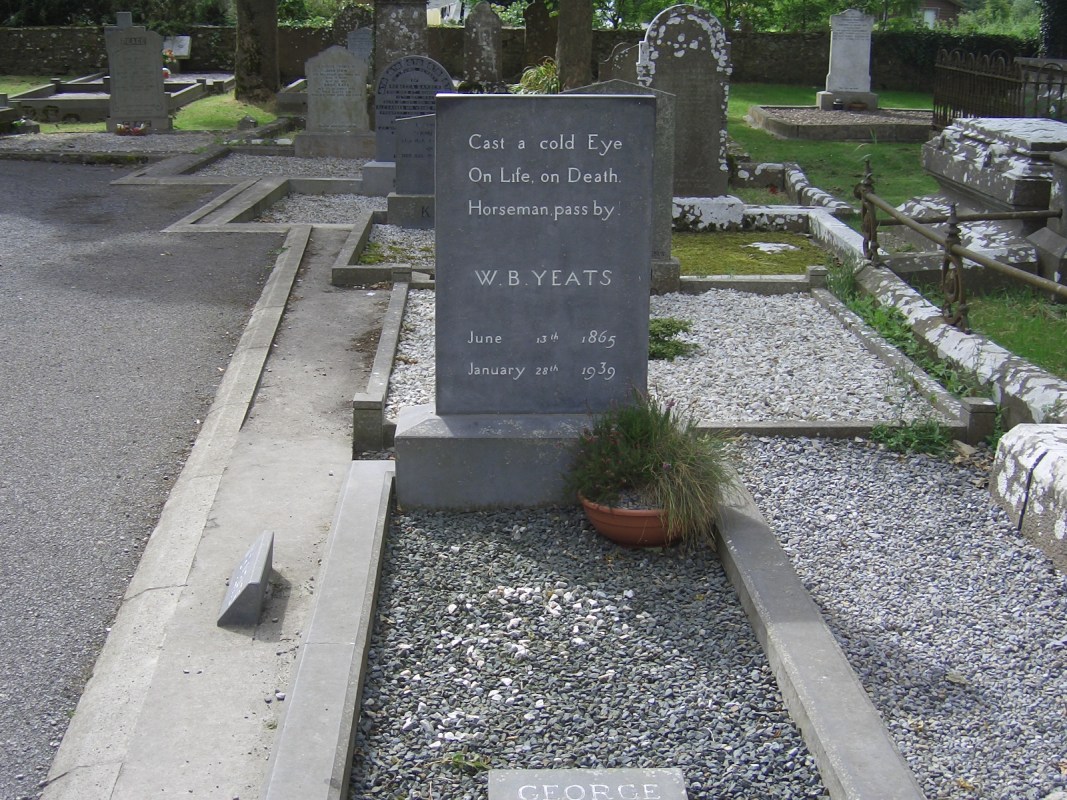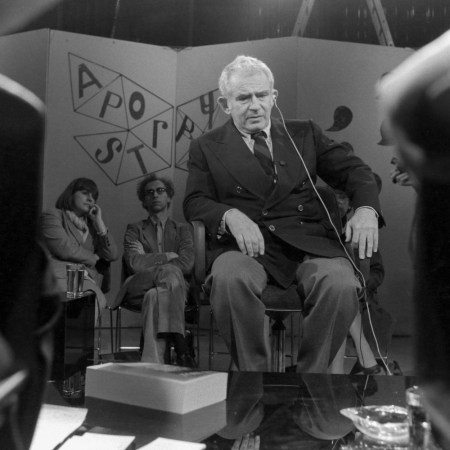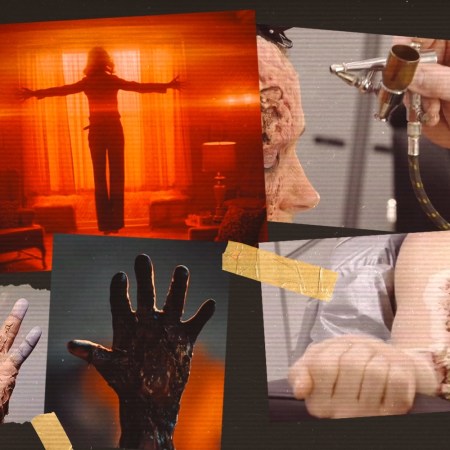For some scholars and critics, William Butler Yeats was the best poet of the 20th century. “That feeling that he’s inside your head, mingling with your very own thoughts, may be why many contemporary poets have developed a powerful, intimate connection to him, and explain why he continues to inspire today,” wrote Jane Ciabattari at the BBC in 2015. The Poetry Foundation also has an excellent rundown of his impact on literature.
It’s one of many reasons why his gravesite in Drumcliffe continues to draw thousands of visitors each year — good news for anyone concerned with literature’s lasting impact.
The bad news? Well, it seems pretty likely that Yeats himself is not buried there.
A new article at Literary Hub breaks down the controversy. Yeats died in 1939 in Roquebrune, France; his widow was unable to move his body at the time due to, well, the fact that there was a war going on. Eventually, the story goes, Yeats’s body was moved to County Sligo, site of the grave in question, complete with visually striking tombstone.
In the time before that, however, Yeats’s grave was disinterred in France and its contents mixed with those of other graves in the same cemetery. It’s from that collection of bones that the contents of the grave in Ireland was filled, the story goes — making it virtually impossible to determine whose remains are actually below the gravestone in Ireland. Still, Yeats’s work endures; as memorials go, that’s no small feat.
Thanks for reading InsideHook. Sign up for our daily newsletter and be in the know.


















